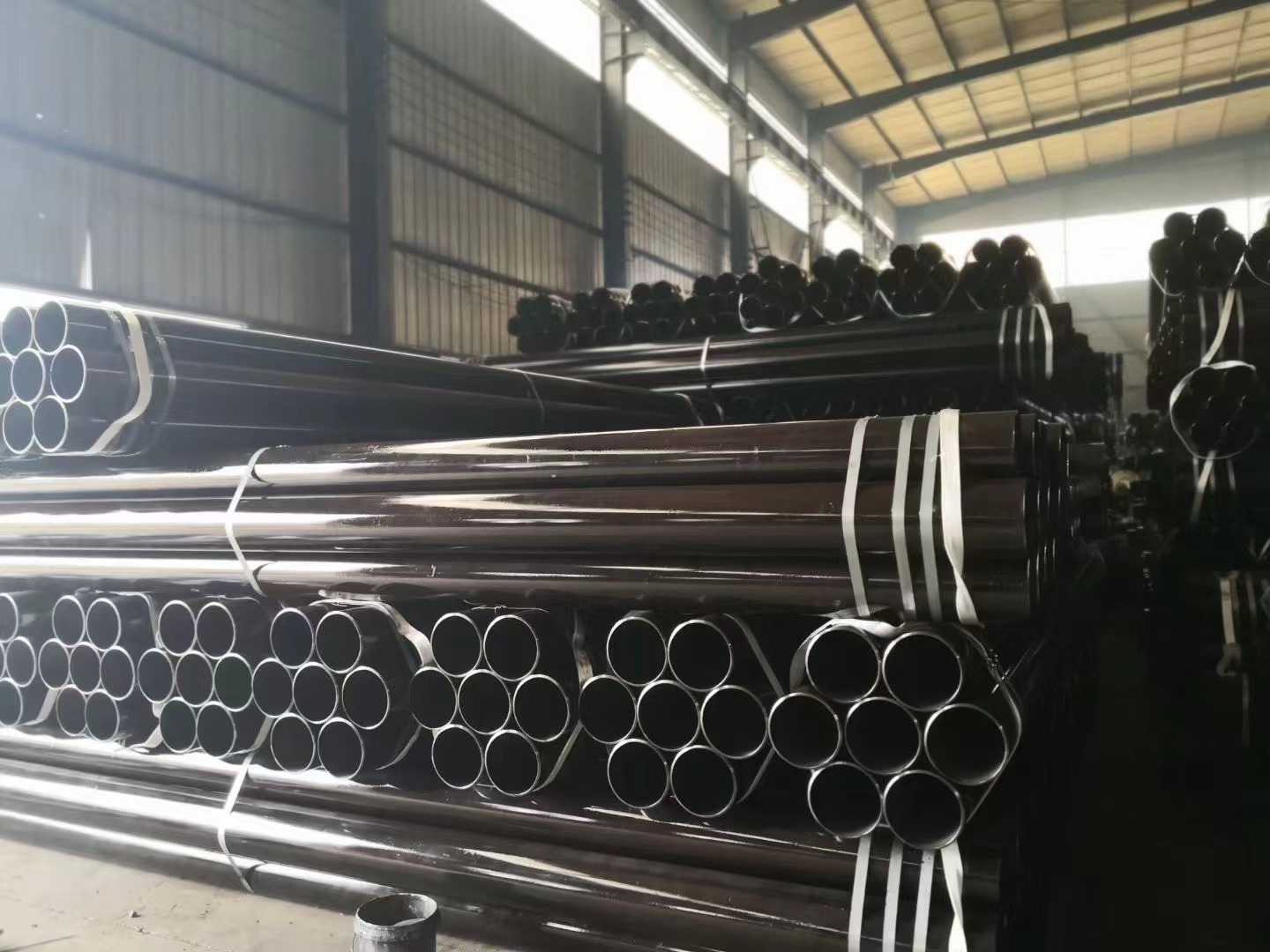-
Cangzhou Yulong Steel Co., Ltd.
-
Phone:
+86 13303177267 -
Email:
admin@ylsteelfittings.com
- English
- Arabic
- Italian
- Spanish
- Portuguese
- German
- kazakh
- Persian
- Greek
- French
- Russian
- Polish
- Thai
- Indonesian
- Vietnamese
- Zulu
- Korean
- Uzbek
- Hindi
- Serbian
- Malay
- Ukrainian
- Gujarati
- Haitian Creole
- hausa
- hawaiian
- Hebrew
- Miao
- Hungarian
- Icelandic
- igbo
- irish
- Japanese
- Javanese
- Kannada
- Khmer
- Rwandese
- Afrikaans
- Albanian
- Amharic
- Armenian
- Azerbaijani
- Basque
- Belarusian
- Bengali
- Bosnian
- Bulgarian
- Catalan
- Cebuano
- China
- China (Taiwan)
- Corsican
- Croatian
- Czech
- Danish
- Esperanto
- Estonian
- Finnish
- Frisian
- Galician
- Georgian
- Kurdish
- Kyrgyz
- Lao
- Latin
- Latvian
- Lithuanian
- Luxembourgish
- Macedonian
- Malgashi
- Malayalam
- Maltese
- Maori
- Marathi
- Mongolian
- Myanmar
- Nepali
- Norwegian
- Norwegian
- Occitan
- Pashto
- Dutch
- Punjabi
- Romanian
- Samoan
- Scottish Gaelic
- Sesotho
- Shona
- Sindhi
- Sinhala
- Slovak
- Slovenian
- Somali
- Sundanese
- Swahili
- Swedish
- Tagalog
- Tajik
- Tamil
- Tatar
- Telugu
- Turkish
- Turkmen
- Urdu
- Uighur
- Welsh
- Bantu
- Yiddish
- Yoruba

Nov . 16, 2024 16:47 Back to list
40nb pipe bends
Exploring 40NB Pipe Bends Applications, Types, and Considerations
In various industries, efficient fluid movement is critical, and the selection of appropriate piping components plays a significant role in achieving that efficiency. Among these components, bends are essential for directing pipelines around obstacles, changing flow directions, and enhancing system performance. One common specification that stands out in piping systems is the 40NB pipe bend. The abbreviation “NB” refers to Nominal Bore, which denotes the approximate inside diameter of the pipe. This article delves into the significance, types, and considerations associated with 40NB pipe bends, focusing on their applications and characteristics.
Applications of 40NB Pipe Bends
40NB pipe bends are frequently utilized across a variety of sectors, including oil and gas, water supply, construction, and manufacturing. The primary purpose of these bends is to facilitate the redirection of fluid flow without significant energy loss. In oil and gas industries, 40NB bends can be critical for routing pipelines through complex terrains while maintaining a high level of integrity in the system. Similarly, in water distribution systems, these bends help navigate around buildings or natural obstacles, ensuring that water reaches its destination efficiently.
Furthermore, in the chemical processing industry, 40NB pipe bends must be constructed of materials that can withstand the corrosive nature of certain chemicals, making the selection of the right material paramount. Stainless steel, carbon steel, and polymer composites are commonly used to manufacture these bends, depending on the specific application requirements.
Types of 40NB Pipe Bends
There are various types of bends used in piping systems, each serving different purposes. The most common types include
1. Elbow Bends These are perhaps the most well-known type of pipe bend, typically available in angles of 45 or 90 degrees. Elbow bends enable sharp turns in piping without causing excessive turbulence.
2. Sweeping Bends Unlike elbows, sweeping bends offer a more gradual curve, which helps reduce pressure drop and turbulence in the flow. These bends are often favored in high-flow applications, as they promote smoother transitions.
40nb pipe bends

3. Reducing Bends These bends allow for a transition between two different diameters of pipe. Reducing bends are essential in systems where the flow needs to change from a larger pipe to a smaller one, thus optimizing flow rates and maintaining pressure.
Choosing the appropriate type of 40NB pipe bend involves understanding the fluid dynamics and specific requirements of the system it will serve.
Considerations When Choosing 40NB Pipe Bends
Selecting the right 40NB pipe bend requires careful consideration of several factors
1. Material Compatibility The material of the bend must withstand the chemical properties of the fluid being transported. Corrosion resistance, strength, and temperature stability are vital attributes to consider.
2. Radius The radius of the bend should be chosen based on the flow requirements. A tighter bend may be convenient but can lead to higher pressure drops and potential issues with turbulence.
3. Installation Requirements The installation process for bends can vary significantly. Consideration should be given to available space, alignment with existing infrastructure, and the ease of installation, which can help prevent future maintenance issues.
4. Regulatory Compliance Depending on the industry, certain regulations may dictate the type of materials and construction methods that can be used for piping systems. Ensuring compliance is essential for longevity and safety.
In conclusion, 40NB pipe bends play a crucial role in creating efficient piping systems across various industries. By understanding the applications, types, and essential considerations associated with these bends, engineers and project managers can enhance system performance and ensure the reliable transportation of fluids. Proper selection and installation of 40NB pipe bends are vital steps in optimizing piping infrastructure, directly impacting the overall effectiveness of industrial operations.
Latest news
-
ANSI 150P SS304 SO FLANGE
NewsFeb.14,2025
-
ASTM A333GR6 STEEL PIPE
NewsJan.20,2025
-
ANSI B16.5 WELDING NECK FLANGE
NewsJan.15,2026
-
ANSI B16.5 SLIP-ON FLANGE
NewsApr.19,2024
-
SABS 1123 FLANGE
NewsJan.15,2025
-
DIN86044 PLATE FLANGE
NewsApr.19,2024
-
DIN2527 BLIND FLANGE
NewsApr.12,2024
-
JIS B2311 Butt-Welding Fittings LR/SR 45°/90° /180°Seamless/Weld
NewsApr.23,2024











